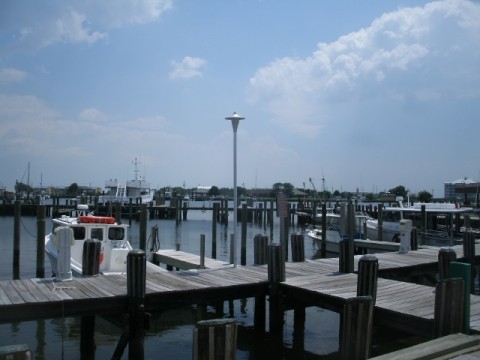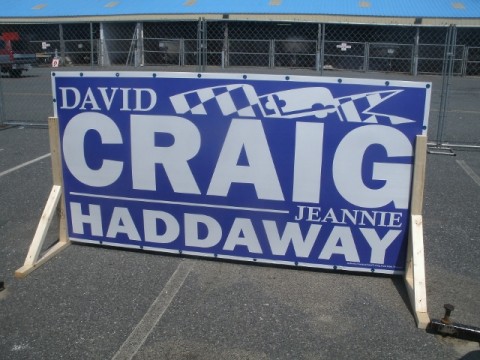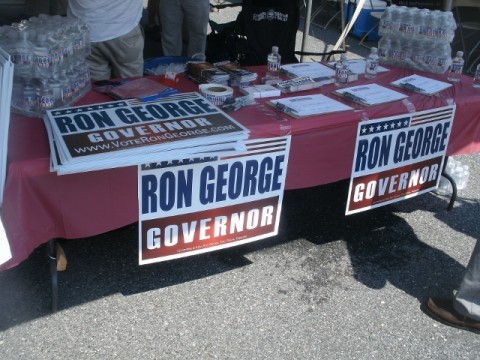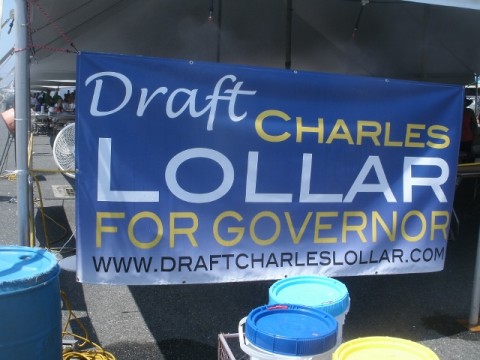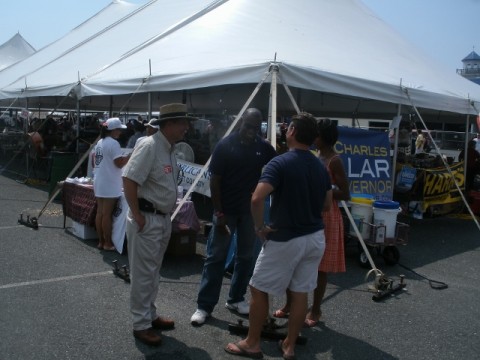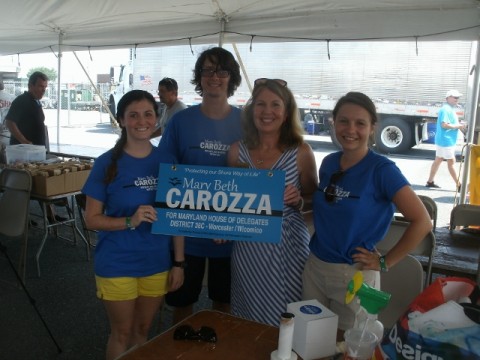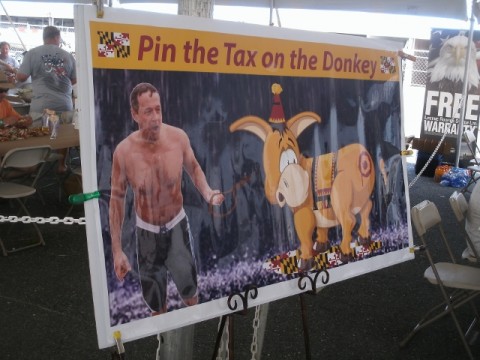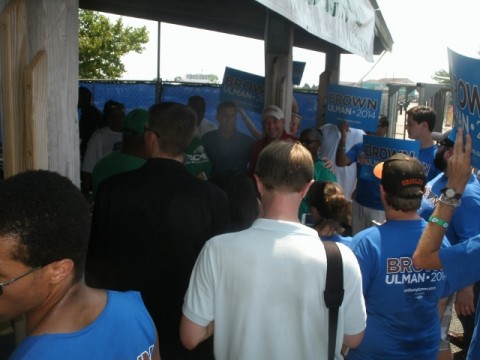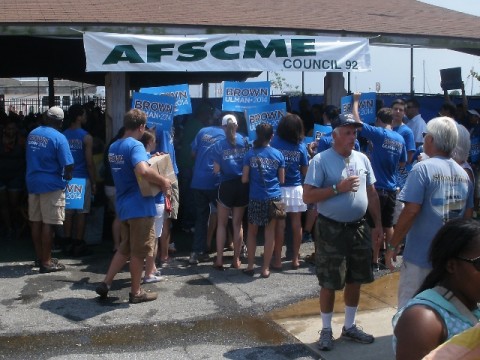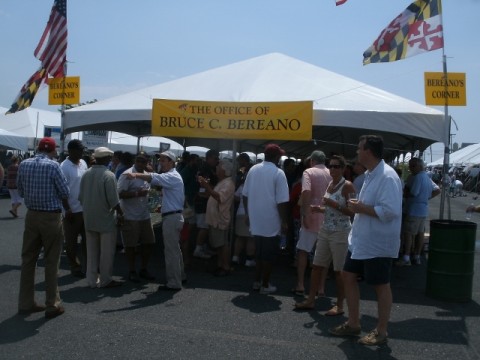As a follow-up to a story I wrote about a few weeks back, the leadership of the Wicomico County Education Association is accusing opponents of an upcoming vote to disassociate the union from the Maryland State Education Association of entering the WCEA headquarters, changing the locks, and taking over operations. WCEA president Kelly Stephenson announced the following on their website and Facebook page:
On April 15, 2014, Gary Hammer et al., entered the WCEA offices, changed the locks and codes, removed or altered office equipment and purported to illegally fire the Association’s only employee. These actions were not taken in accordance with the governing documents of WCEA or in accordance with the law.
The democratically elected leadership of WCEA would like everyone to know that we are continuing to exercise the duties of the office. We will not be bullied and these actions will not affect the business affairs of the Association. Member services, including member representation and contract negotiations with the Wicomico County Board of Education, will continue unchanged. Further, this attempt to subvert the democratic process will not succeed: on April 28th and 29th, the Association’s vote on Bylaws changes will proceed, and members will be able to decide for themselves whether to become self-governing.
There’s little doubt that the vote will be acrimonious, with the local union putting out flyers and messages like the ones below.
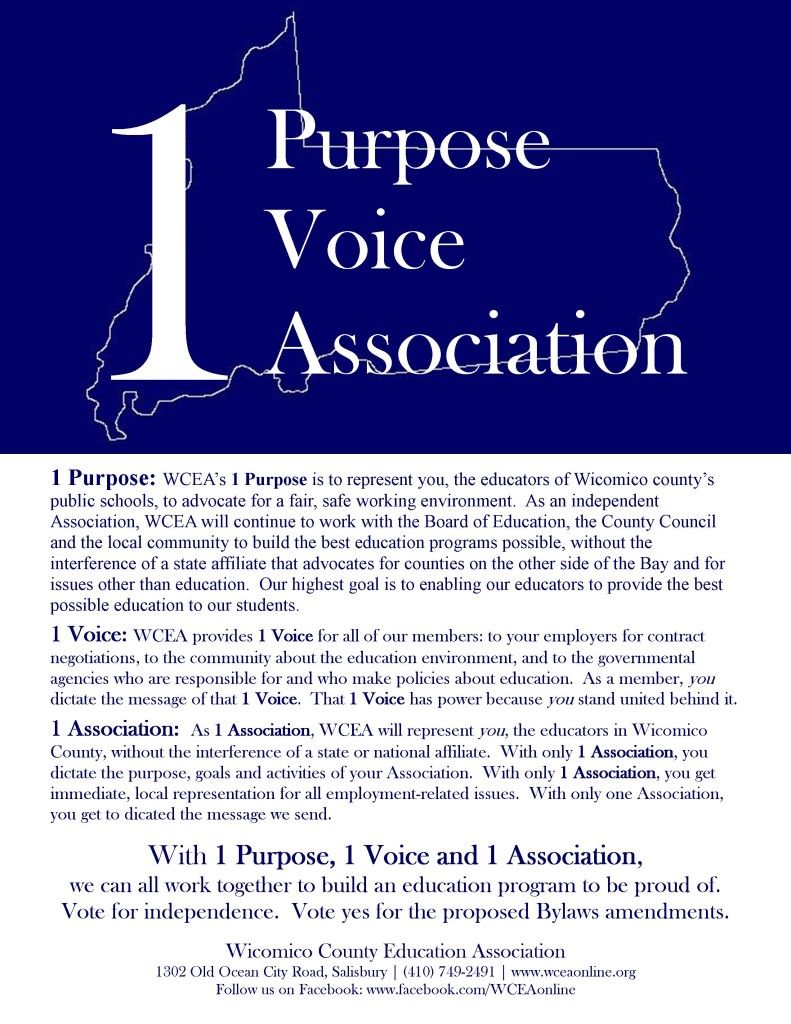
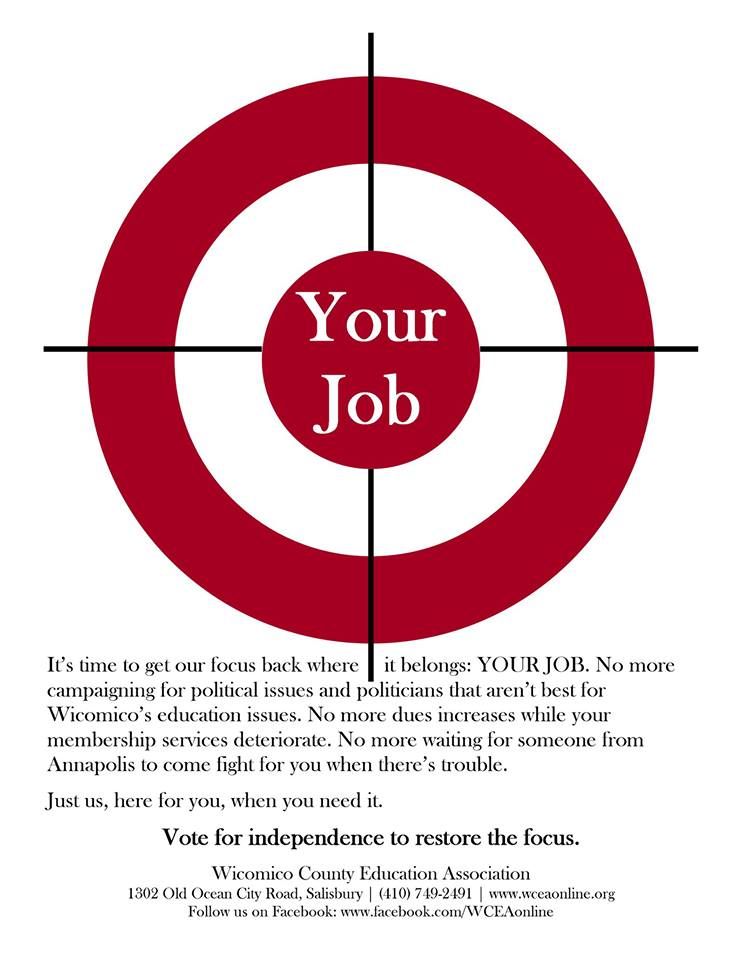
Opponents of the change – or at least of the current leadership – began a petition drive to recall those leaders, with the office entry being the result of what they claim was a successful recall with over 700 members signing their petition and simultaneously selecting an interim slate of directors. I don’t doubt this rump directorate is comprised of those who favor remaining in the MSEA and decided this lockout was the way to go.
The obvious question becomes whether this “palace coup,” if you will, is valid. This amended version of the WCEA bylaws (with the changes slated to be voted on later this month) suggests the answer is no. But as I see it this episode demonstrates the lengths the state union would go to in order to keep its county-level affiliate in the fold. And even if the membership is allowed to vote and decides to maintain its ties to the MSEA, how many people will lose trust in the union’s leadership as a result and drop out of the union?
In doing the research for this piece, I noticed the accusation about my “right wing blog” support. Naturally there is a political aspect, but I find it interesting that one of the small handful of Republicans the MSEA endorsed around the state was from here in Wicomico County: they backed Christopher Adams for one District 37B seat over a Democrat. But I don’t have a dog in this fight, aside from the notion that it’s an interesting story based on the aspect of localizing government, which is a conservative point of view and fits right in with a rather conservative county mindset. Our child doesn’t attend a public school.
Interesting times lie ahead for the public school teachers of Wicomico County. For the first time in a long time, it appears the state union is actually taking Wicomico County seriously.


